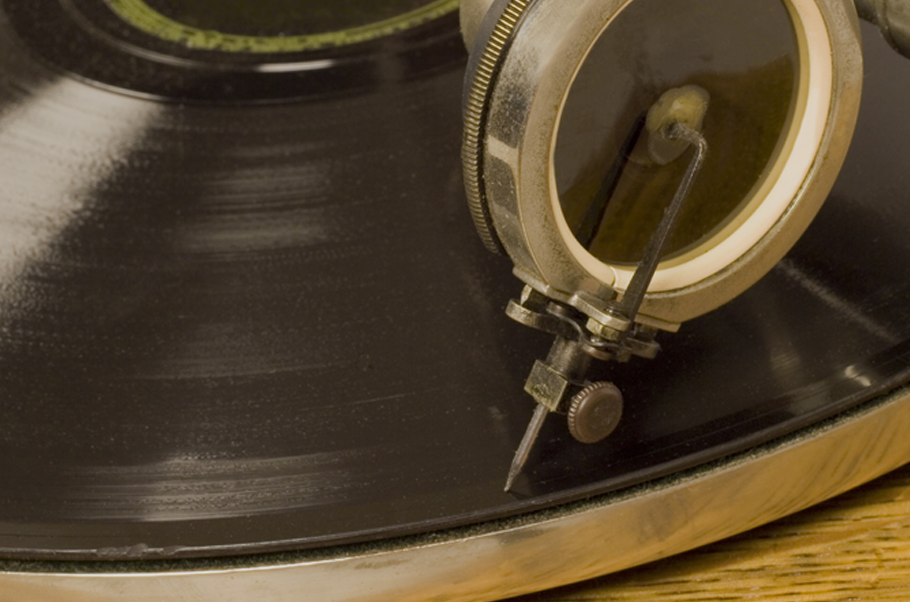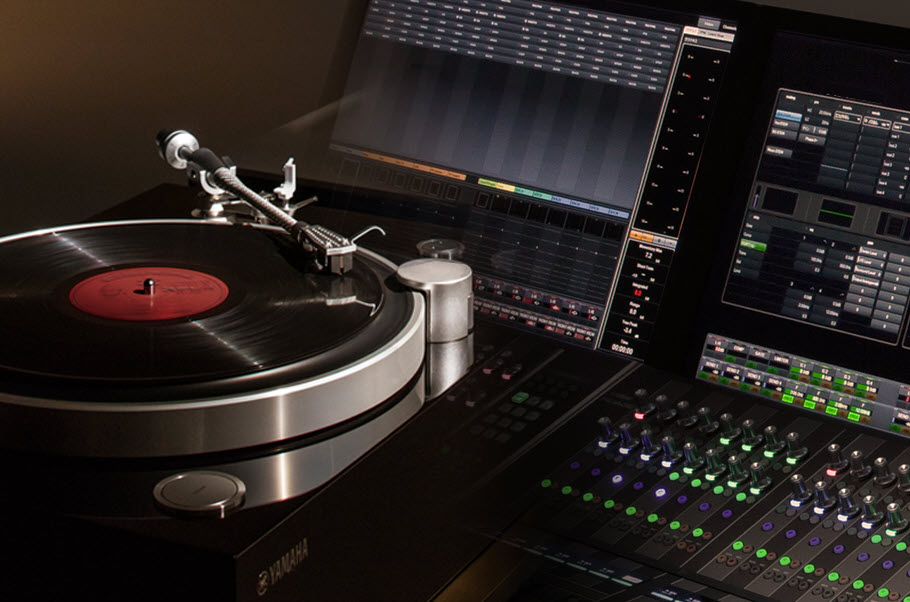Appreciating Vinyl Records … and the Best Way to Enjoy Them
When digital audio just isn’t enough.
The way we listen to music has changed. Before the digital revolution, people went to retail stores and bought albums one at a time, often not knowing how it would sound until they opened the package and played it on their CD player, cassette deck or turntable. With a variety of low-cost streaming sources available to the world, listening to music today requires only a computer or mobile device and a set of earbuds. But for some people, listening to music via compressed digital files leave something to be desired.
That’s where vinyl comes in … and there’s no doubt that vinyl is making a comeback. According to global measurement and data analytics company Nielsen, vinyl record sales experienced a renaissance in 2017, making up 14 percent of all physical album sales for the year.
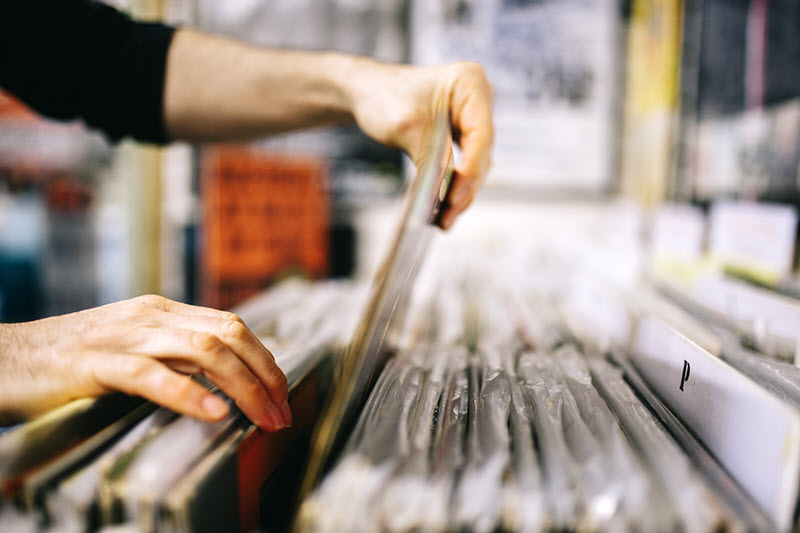
Don’t believe it? Just visit your local record store and ask the clerk how sales have been. More proof lies in the popularity of Record Store Day, an annual event started in 2007 to celebrate the culture of independent record stores and the nostalgia of the days when listening to music was a true experience and not just something meant to boost your work flow or accompany your home cleaning chores.
So whether you’re just now getting into vinyl or already have a bulging collection of records that’s surging dangerously close to your front door, having the right equipment is just as important to your listening experience as buying a record itself.
For Starters
Why is vinyl considered a better way to listen to music? Some say it’s because the sound is superior, but there’s a technical reason too: vinyl records produce analog audio, which is a continuous signal, versus digital formats that break down the sound into discrete “slices” of ones and zeroes (bits). And a quality stereo receiver is needed to properly process that kind of signal.
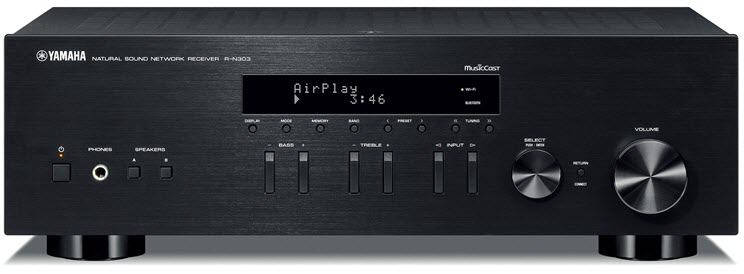
The Yamaha R-N303 is a good starter option. It offers a phono input (which is actually a built-in preamp for turntables that converts their low-level output to a hotter line-level signal), two channels of 100 watt high-power output and a sleek design that works well in any home. For speakers, you might want to check out the Yamaha NS-333 bookshelf home theater models, which are well-suited for capturing the best of any vinyl record. For a sonic upgrade, consider the Yamaha NS-555 floor standing tower speakers, which are much larger than the NS-333s but are designed to capture all the subtle nuances of your favorite albums.
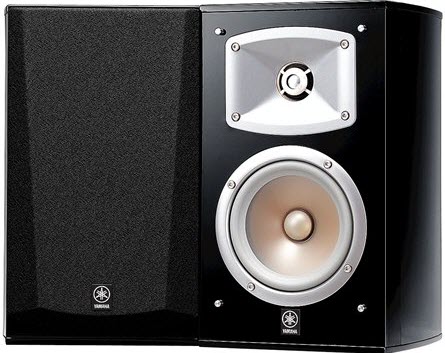
A Modern Upgrade
If you already have a legacy audio system, you can get added value by adding a Yamaha R-N303 thanks to its wireless streaming capabilities. In conjunction with the free Yamaha MusicCast Controller app, this receiver can send the turntable’s audio signal to other MusicCast-enabled wireless speakers or sound bars in your home. You can also link those speakers together via the app to have your record playing simultaneously in every room where a speaker resides so you can move around the house without missing any part of your favorite song.
Listen Up
Equally important to the acquisition of quality sound components is how they are positioned in your home. If you have limited space to play with, it’s recommended that you keep your turntable in a stable area (i.e., on top of a cabinet) close to your receiver, with your speakers mounted separately on stands so the vibration of the music doesn’t disrupt the needle and cause the record to skip.
You should also position your seats in the center of the room if possible. Of course, the seating arrangement in most dens or living rooms is configured without speakers in mind, but when you’re ready to listen intently, try to face your chair or couch towards them so as to get the most sound to both of your ears.
Now comes the fun part: Listen to your records! Regardless of how you have your system set up, if you keep these tips in mind when creating a new system or upgrading an existing system, you’ll be able to enjoy music the way it was meant to be heard, while impressing friends with your ever-growing record collection at the same time.














